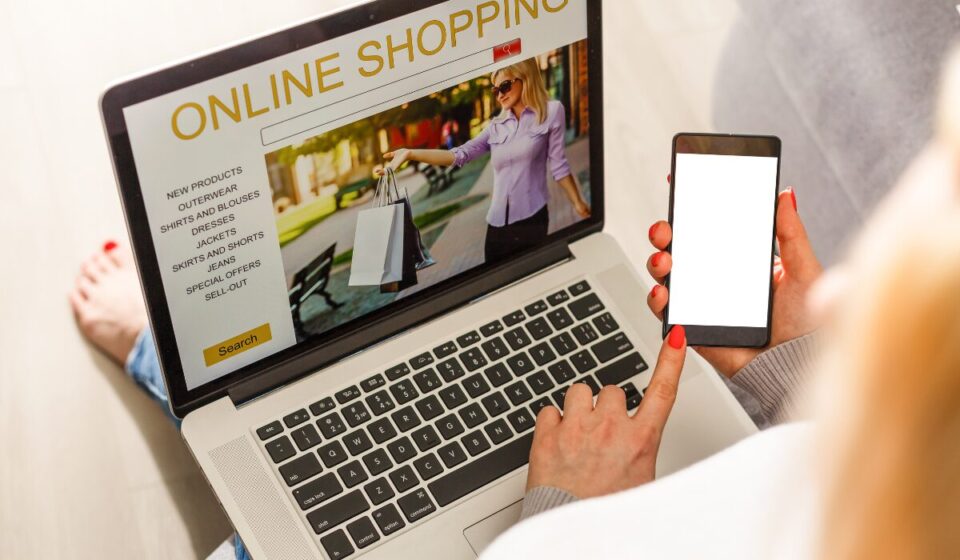The retail landscape has undergone a seismic shift over the past decade, driven by the rapid rise of e-commerce and changing consumer expectations. As we move deeper into 2025, the lines between online shopping and physical retail are blurring, giving birth to a hybrid model that promises to redefine how businesses engage with customers. The future of retail lies in seamlessly blending online and in-store experiences, creating a cohesive journey that caters to convenience, personalization, and immersion. Here’s how this transformation is unfolding and what it means for retailers and consumers alike.
The Evolution of Consumer Behavior
Today’s shoppers are no longer confined to a single channel. They might browse products on a mobile app, read reviews on a website, visit a store to test an item, and then complete the purchase online—or vice versa. This omnichannel behavior has forced retailers to rethink their strategies. According to recent studies, over 70% of consumers now expect a consistent experience across all touchpoints, whether digital or physical. The days of treating online and in-store operations as separate entities are over; integration is the new imperative.
Technology as the Bridge
At the heart of this blended retail future is technology. Augmented reality (AR) and virtual reality (VR) are turning online shopping into an interactive experience, allowing customers to “try before they buy” from the comfort of home. For instance, furniture retailers like IKEA let users visualize how a sofa might look in their living room through AR apps, while beauty brands offer virtual makeup trials. Meanwhile, in physical stores, smart mirrors and digital kiosks enable shoppers to check inventory, request different sizes, or even order items for home delivery without leaving the premises.
Artificial intelligence (AI) is another game-changer. Online, AI powers personalized product recommendations based on browsing history and preferences. In-store, it’s being used to analyze foot traffic, optimize layouts, and even assist staff with real-time customer insights. The result? A shopping experience that feels tailored, whether you’re clicking a mouse or walking through a mall.
The Reinvention of Physical Stores
Far from becoming obsolete, brick-and-mortar stores are evolving into experiential hubs. Retailers are recognizing that physical spaces offer something e-commerce can’t easily replicate: human connection and sensory engagement. Stores are being reimagined as showrooms, community centers, or event spaces where customers can interact with products, attend workshops, or enjoy exclusive in-person perks. For example, brands like Nike have turned flagship locations into destinations with fitness classes and customization stations, while bookstores host author signings and reading groups to draw crowds.
The “click-and-collect” model has also gained traction, allowing customers to order online and pick up in-store. This not only drives foot traffic but also provides opportunities for impulse purchases. Retailers like Walmart and Target have perfected this system, integrating it with curbside pickup options to maximize convenience.
Challenges in the Hybrid Model
Blending online and in-store experiences isn’t without hurdles. Maintaining consistency across platforms requires significant investment in infrastructure, from unified inventory systems to staff training. Data privacy is another concern—consumers want personalization but are wary of how their information is used. Retailers must strike a delicate balance to build trust. Additionally, smaller businesses may struggle to compete with the tech-driven capabilities of retail giants, though affordable tools like Shopify and Square are leveling the playing field.
The Road Ahead
The future of retail isn’t about choosing between online and in-store—it’s about leveraging the strengths of both. Successful retailers will be those who create a fluid ecosystem where customers can move effortlessly between channels, enjoying the best of both worlds. Think of a world where your online cart syncs with an in-store associate’s tablet, or where a virtual stylist consultation leads to a curated fitting room waiting for you at the store. This isn’t a distant dream; it’s already taking shape.
For consumers, this hybrid approach promises greater flexibility and richer experiences. For retailers, it’s a chance to deepen loyalty and capture a larger share of the market. As we look to the rest of 2025 and beyond, one thing is clear: the future of retail isn’t just about selling products—it’s about crafting journeys that resonate, online and off.


